How to clean a wooden cutting board and get rid of stains
If you enjoy cooking, you’ll probably have one of the best cutting boards to help you with your essential prep work. And if you have a heavy-duty solid oak, bamboo, or teak board, you’ll need to know how to clean a wooden board and get rid of stains.
Wooden cutting boards in particular, can be tricky to keep clean and germ-free. After all, it’s not as simple as just throwing it in the dishwasher with your regular utensils. If you do so, this will only damage the board (along with your other wooden items), and allow bacteria to breed.
Through everyday use, little knife marks, grooves and stains may develop in the board, providing the ideal breeding ground for bacteria. This can create cross-contamination, especially when slicing and dicing meat, fish, or vegetables. That’s why it’s so important for food hygiene to disinfect your wooden cutting board properly, and stop the spread of germs. What’s more, you’ll want to keep your expensive wooden board looking attractive in your kitchen for many years to come.
All you’ll need are a few, basic household ingredients to quickly sanitize and cleanse your board so it’s stain-free. It isn’t any wonder why many people are starting to make their own cleaning products at home!
So if you want to keep your handy, kitchen essential in top shape, here’s how to clean a wooden cutting board and get rid of stains.
How to clean a cutting board with dish soap
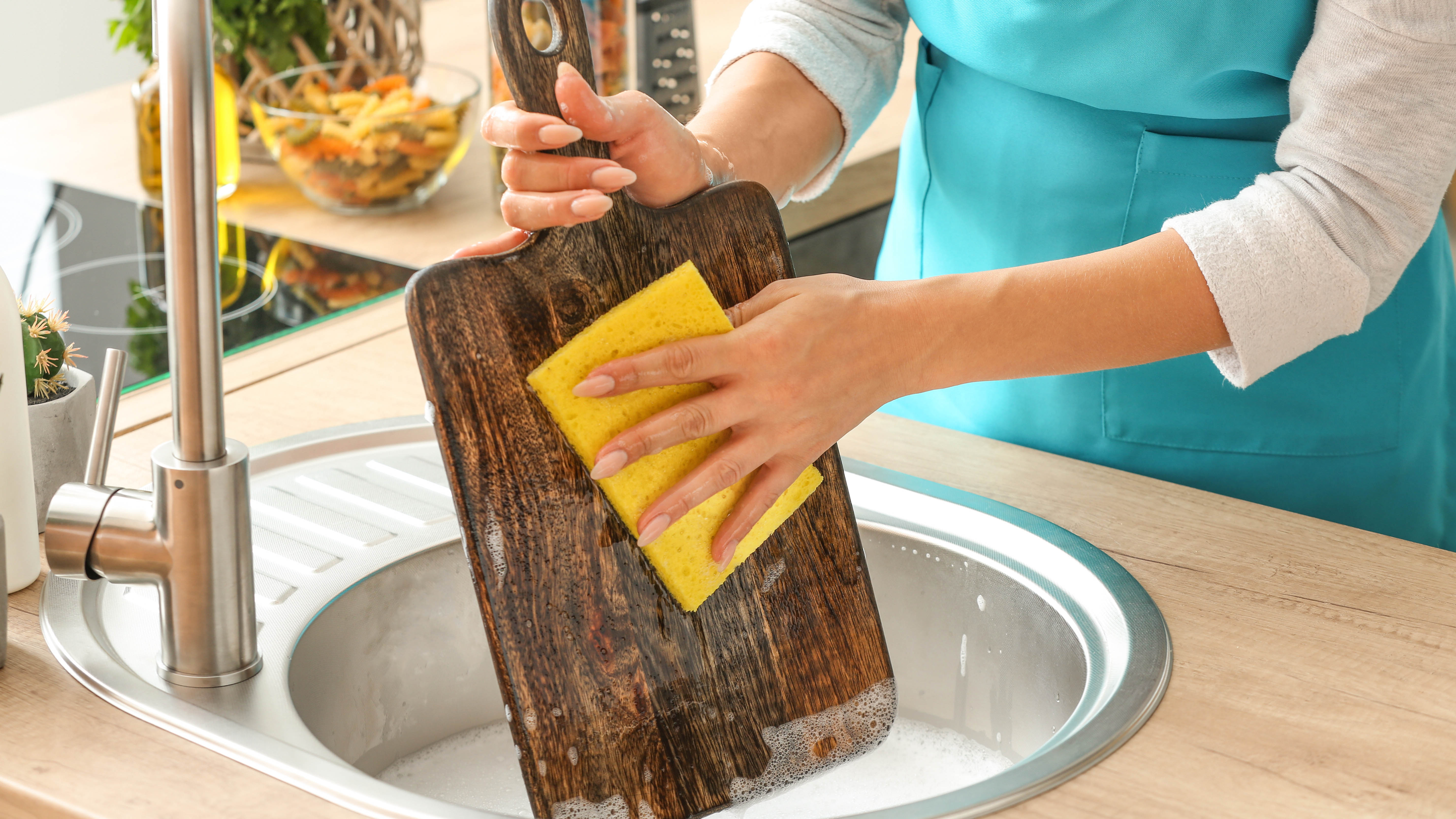
You can’t go wrong with dish soap and water, and this is the easiest way to clean a wooden cutting board. First, scrape off any bits of food stuck to the cutting board before giving it a good rinse under hot water in the sink. Then, using dish soap and water, scrub the surface clean with a brush or sponge, making sure to get into any knife grooves. Also, if there is a handle on the board, be sure to wash that too.
Once both sides are clean, rinse thoroughly with warm water. Then dry with a clean cloth or paper towel, and leave to air-dry on the counter before storing away.
Just remember to never submerge your board in water, as this will damage the surface. It’s fine to wash in hot, soapy water, and quickly rinse off, but soaking can cause the board to warp.
How to clean a wooden cutting board with lemon
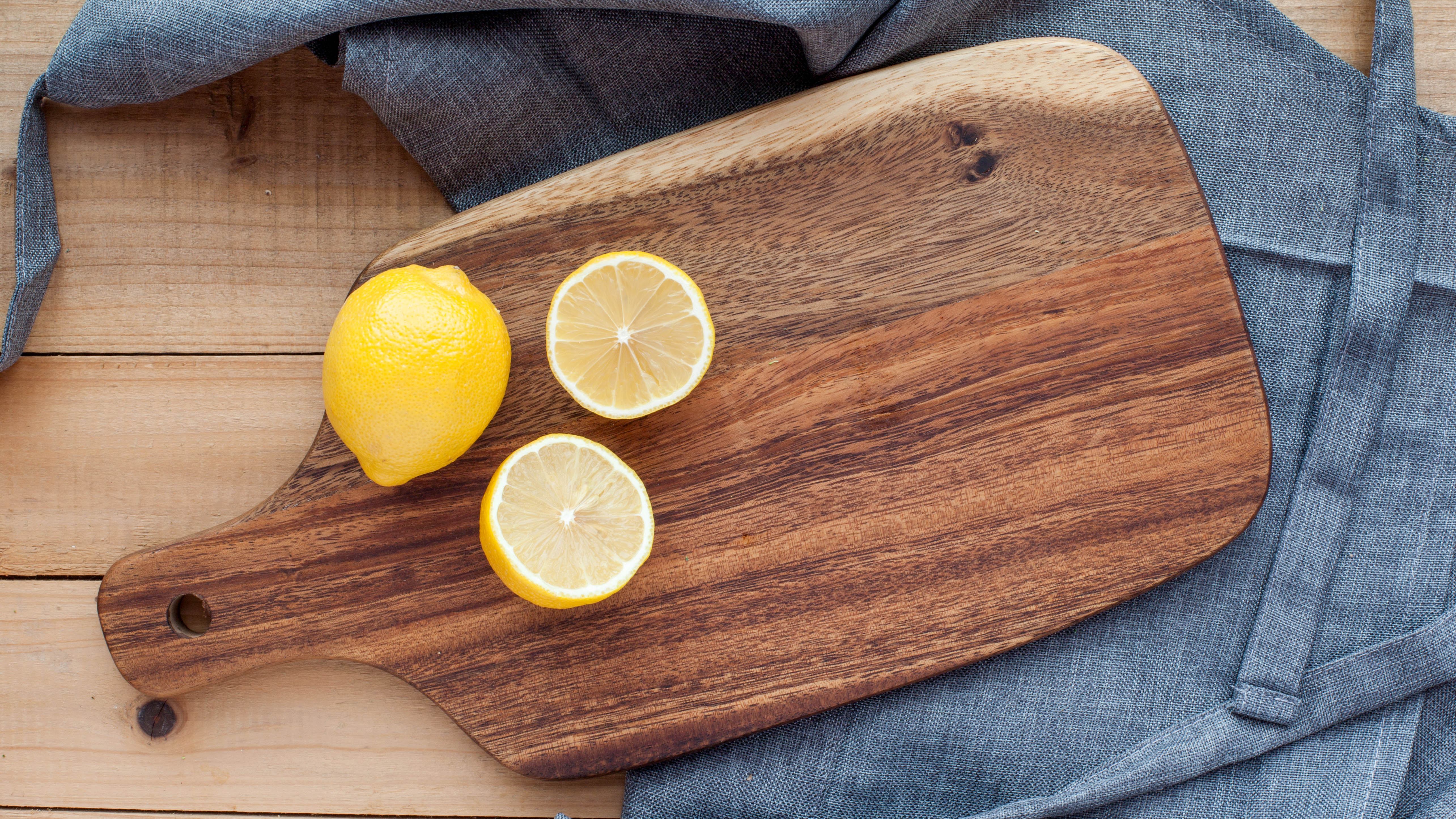
If you have stubborn stains or odors on your cutting board, cleaning with lemon and salt will help to lift them out. First, sprinkle a generous amount of coarse salt — such as sea salt or kosher salt — on the board. Cut a lemon in half and rub it over the salt on the surface, scrubbing in small circular motions and in the direction of the wood grain.
Let the lemon and salt treatment soak into the board for about five minutes before wiping and rinsing the board thoroughly, until all the salt is washed away. Then dry it with a cloth or paper towel before air-drying the board as normal. Alternatively, you can replace the salt with baking soda, which will also help to remove stains and odors.
Lemons are a great, natural cleaning solution without the use of harsh chemicals. In fact, here are 9 things you didn’t know you could clean with a lemon, and 9 clever ways you can clean with salt, to also save you money on cleaning products.
How to clean a wooden cutting board with vinegar
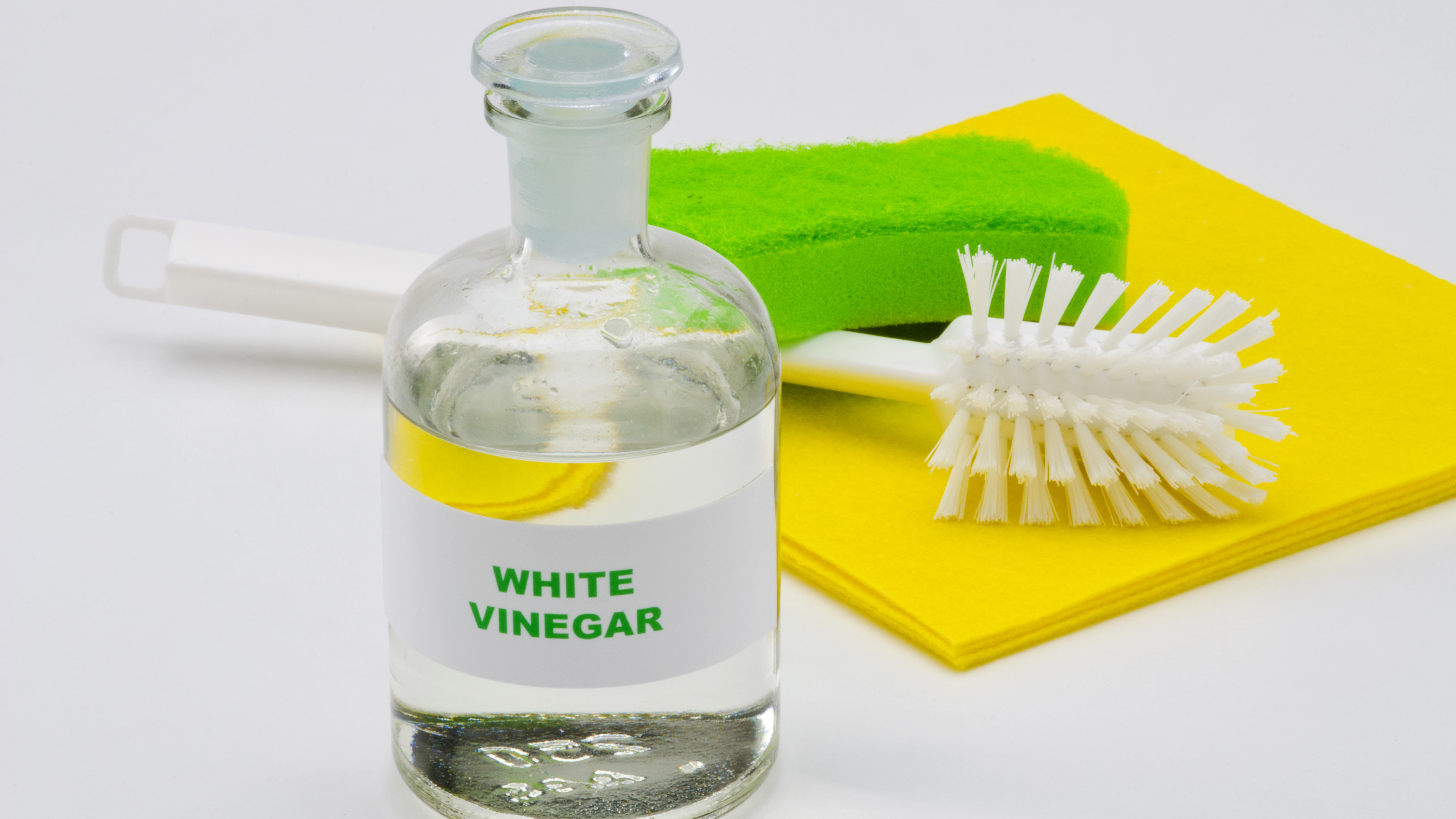
Similarly, white vinegar is a great natural ingredient to disinfect and clean your cutting board. Simply mix one part white distilled vinegar to four parts water in a spray bottle. Then, spray it onto the surface directly and leave it for five minutes to get to work. Rinse down thoroughly with warm water and dry with a clean cloth or paper towel, before leaving to air-dry.
If you’re not keen on the strong aroma filling your home, check out how to clean with vinegar without the smell, and find out what makes baking soda and white vinegar so good at cleaning. Just avoid these 7 things you should never clean with white vinegar to prevent any damage.
How to care for your wooden cutting boards
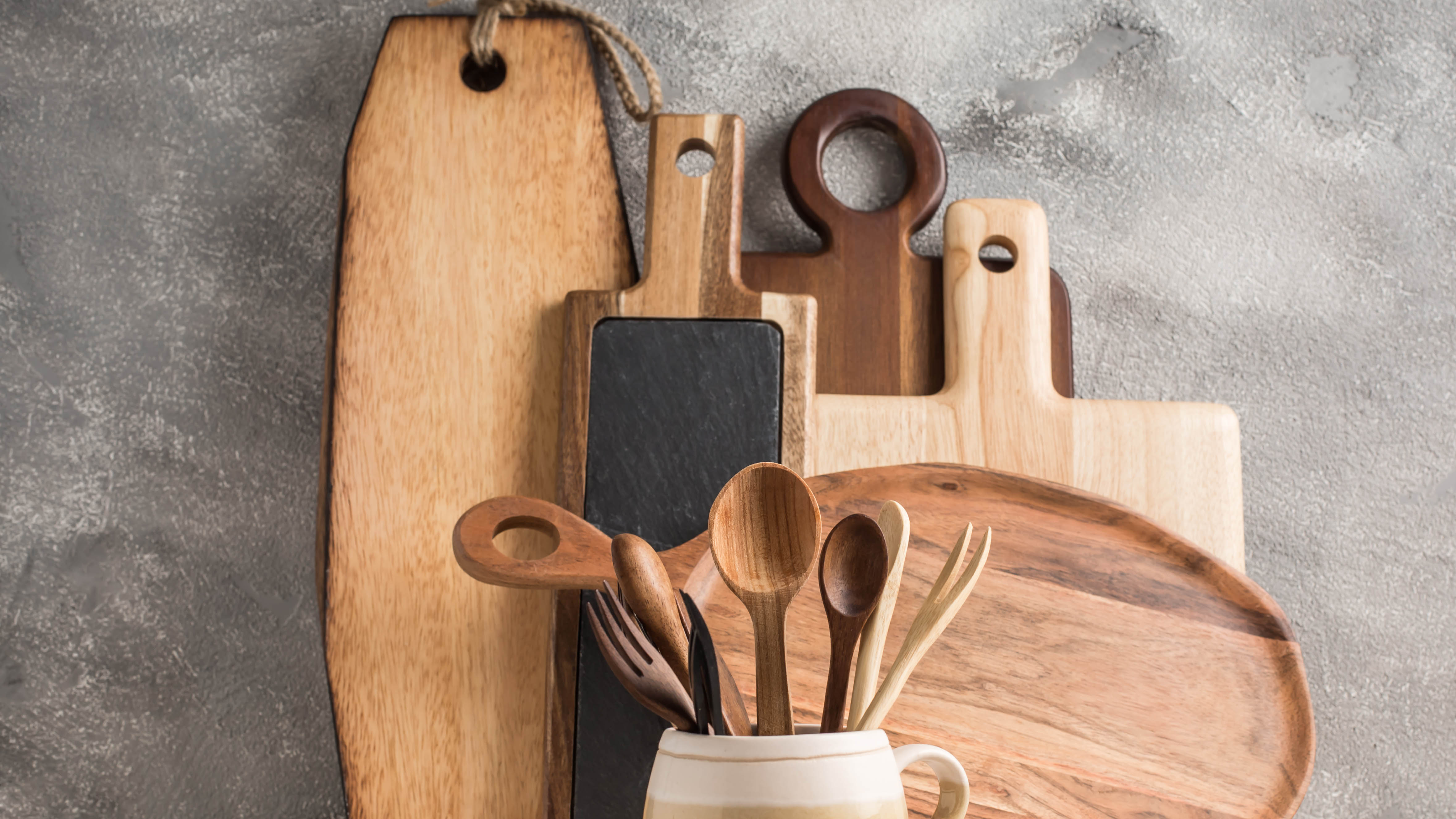
Besides keeping boards dry to prevent warping, you’ll need to oil wooden boards once a month to avoid cracking, dryness and to generally enrich the wood.
Apply cutting board oil or a food-grade mineral oil that is transparent and odorless onto the board using a paper towel or clean cloth. Gently buff the oil into the wood using circular motions, covering the entire surface. Allow the oil to soak in for a few hours or even overnight, before wiping away the excess oil with a clean cloth. This will protect the surface from daily wear-and-tear.
There are plenty of cutting board oils available much like this WALRUS OIL – Cutting Board Oil and Wood Butcher Block Oil ($9, Amazon (opens in new tab)), to keep it in top condition. Avoid using cooking oils such as olive oil, coconut oil, avocado oil or other vegetable oils as these will develop a pungent smell.
How often should you clean your wooden cutting board?
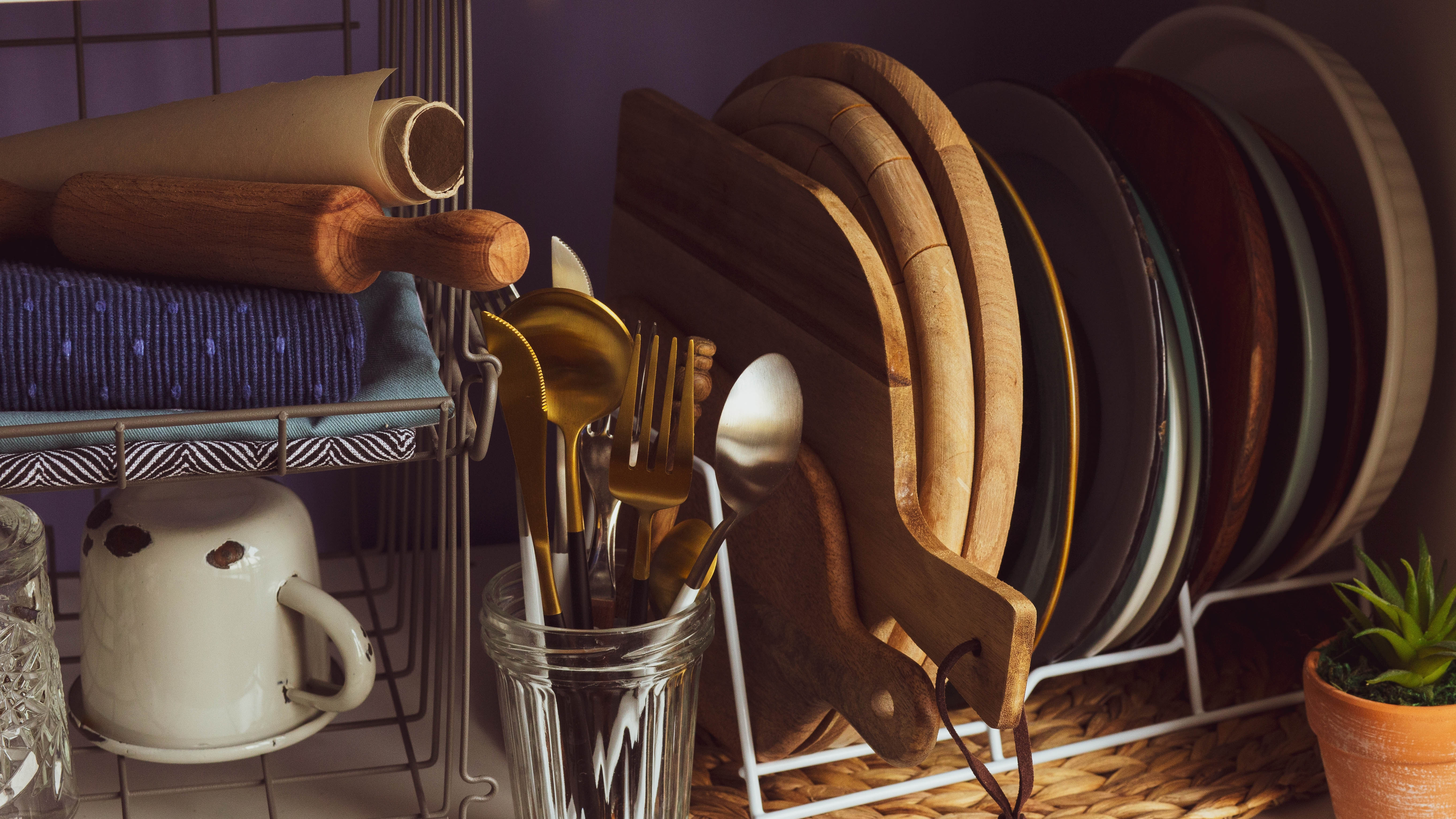
It’s always recommended to wash your board after every use, to avoid a build-up in germs and unsightly stains. Then, every month, deep clean, disinfect, and oil the board to help with long-term maintenance.
More from Tom’s Guide
For all the latest Technology News Click Here
For the latest news and updates, follow us on Google News.
